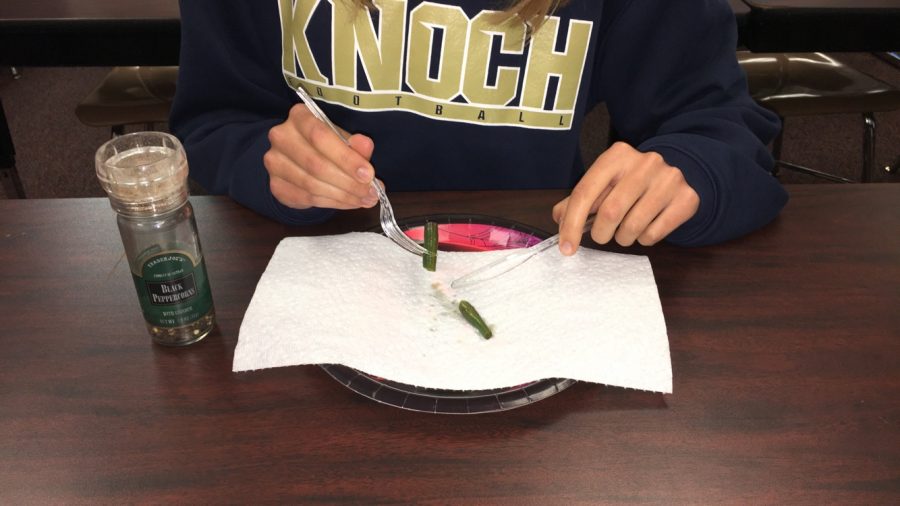Dead lifts and Crash Diets
We all want that perfectly shaped, lifted butt, but squats can get boring and build up thigh muscle as well.
A solution to this problem is the cure all exercise-the dead lift.
No, this entire article won’t be about dead lifts only, but I think they deem worthy of having some time in the spotlight.
Something I find interesting about this workout is the importance of absolute perfect form. If you don’t do this motion correctly or rush through it you are likely more susceptible to injury.
For those who don’t know a dead lift is a form of strength training therefore it is usually done with holding weights.
A general straight leg dead lift motion is done by
- Standing with your feet shoulder width apart and a slight bend in the knee.
- You have to have a straight back and hold the weights in front out your thighs.
- Then bend at the waist keeping your back straight until your flexibility maxes out.
- Then you use your glutes (butt) to bring yourself back up to a standing position.
As you might have guessed, this is a very lower body focused move, but it actually uses more muscles than any other exercise, including the squat.
Here’s a breakdown of all the muscles used:
Gluteus Maximus: (Butt)
Quadriceps: (Upper Front legs)
Adductor Magnus: (Inner Thigh)
Hamstrings: (Upper back of legs)
Erector Spinae: (lower back)
Trapezius, upper: (upper neck muscles)
More than you thought? Try a deadlift, you’ll believe me.
Also believe it or not, doing 10 repetitions of Deadlifts will increase your cardiovascular ability.
Plus, booty.
Crash diets
We’ve all seen them, and some of us have tried them.
By definition, crash diets are ‘weight-loss diet undertaken with the aim of achieving very rapid results.’
Usually crash diets aren’t taken up under the best frame of mind. Their purpose is to lose as much weight as possible in the least amount of time possible.
People usually aren’t happy before the diet and go into it trying to feel better about themselves.
People who crash diet think that “less is more”. But if you diet too hard, too fast, your body will eventually fight back. You could end up in a worse position than when you started.
The results usually don’t last for the long term either because you will most likely return exactly how you were once the diet’s over.
The consequences from crash dieting could possibly be worse than your motivation going into one.
A nutrition website, Holland and Barrett had this to say about them, “Losing weight by making drastic changes to your normal diet is bad news for your body and mind. You will lose weight, but it won’t all be from unwanted body fat. You will also lose precious muscle tissue. Your metabolic rate will drop (making it harder to lose weight in future). And you risk severe food cravings and binges on a crash diet. The rebound effect from crash dieting can be severe. You could be left clueless about how to get back on track.”
https://www.hollandandbarrett.com/the-health-hub/what-is-crash-dieting/
So if you want to lose weight, and keep it off, I highly recommend following a sustainable, flexible meal plan that doesn’t make you cut your daily calories in half and make you stop enjoying life.
Here’s a few links to read get started: (and yes I think you should actually read them)

I am Caroline Ejzak. I am a senior as well as a: tennis player, master baker, La Croix enthusiast, early bird, black coffee drinker, math despiser, middle child, Sagittarius, and health freak. Recently, I've started calling people "Honey", I think it keeps true to the nickname "Sweet Caroline". Just tryin' to live up to my name. Have a good day, be kind to yourself, and drink some water.







Rich ♦ Sep 19, 2019 at 14:19
If you could put all of the benefits of deadlifts in a pill, you would become rich overnight. The deadlift helped me lose 75 pounds in 6 months without any crash diet, and manage depression without antidepressants, and literally change my life. So, if you have only time for one exercise, let it be the deadlift because it will work all the major muscle groups of your body in one shot.
Red ♦ Apr 23, 2019 at 21:19
losing weight drastically doesn’t seem to be a good idea . If you really want to lose weight and get a long term result, eat healthy and work on a diet plan. Also do not forget to exercise as it gives a lot of benefits to one’s over all health